Disposable coffee lids are typically made from plastics such as polystyrene (PS), polypropylene (PP), and sometimes polyethylene terephthalate (PET). PS being the most common due to its cost-effectiveness and clarity. These thermoplastic materials are chosen for their heat resistance, durability, and ability to maintain structural integrity when exposed to hot beverages.
Disposable coffee lids are made from various types of plastics, each chosen for specific qualities such as durability, heat resistance, and ease of production. Let’s take a closer look at the most commonly used plastics in these lids.
Polystyrene (PS): Hard, rigid plastic can be molded into various shapes, making it ideal for coffee cup lids. Cost-effective, which is why it is favored by many manufacturers.
Polypropylene (PP): more flexible than polystyrene and has better heat resistance, which is ideal for hot beverages like coffee.
Polyethylene Terephthalate (PET): This plastic is well-known for its strength and clarity, often used in cold beverage plastic cups and hinge food container or bowl lid.
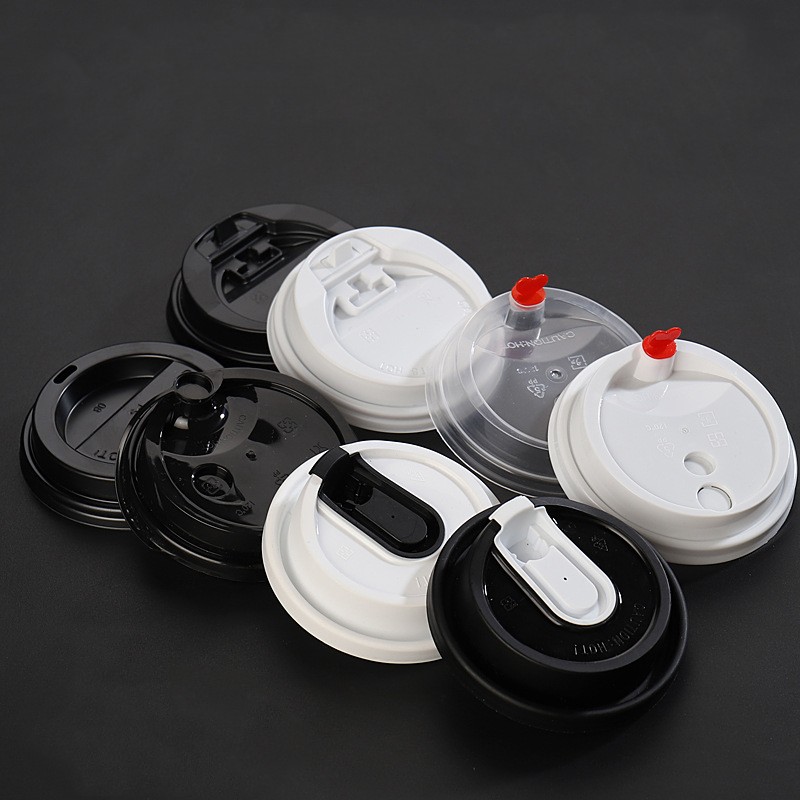


The main way to identify materials in disposable coffee lids is to check the recycling symbol (usually on the lid’s underside). Look for a number inside a triangle: #6 indicates polystyrene (PS), #5 indicates polypropylene (PP). You can also check the lid’s appearance – PS is usually crystal clear while PP is slightly cloudy, PLA coffee lid always is # 7 or # other
Check the Recycling Symbol
Answer: WRONG (Some PP lids can also be clear, though slightly cloudier, PET lid is clear as well)
More about PET lid? read here
Answer: RIGHT (These numbers are standardized globally)
More link: 7 Different Types of Plastic

Polystyrene (PS) plastic lids( usual embossed with number PP Number 6 in plastic lid face) are commonly used in food packaging and various consumer products. The melting point of polystyrene ranges from approximately 210°C to 249°C (410°F to 480°F), with a glass transition temperature around 90°C to 100°C (194°F to 212°F). Here’s a concise overview of their characteristics:





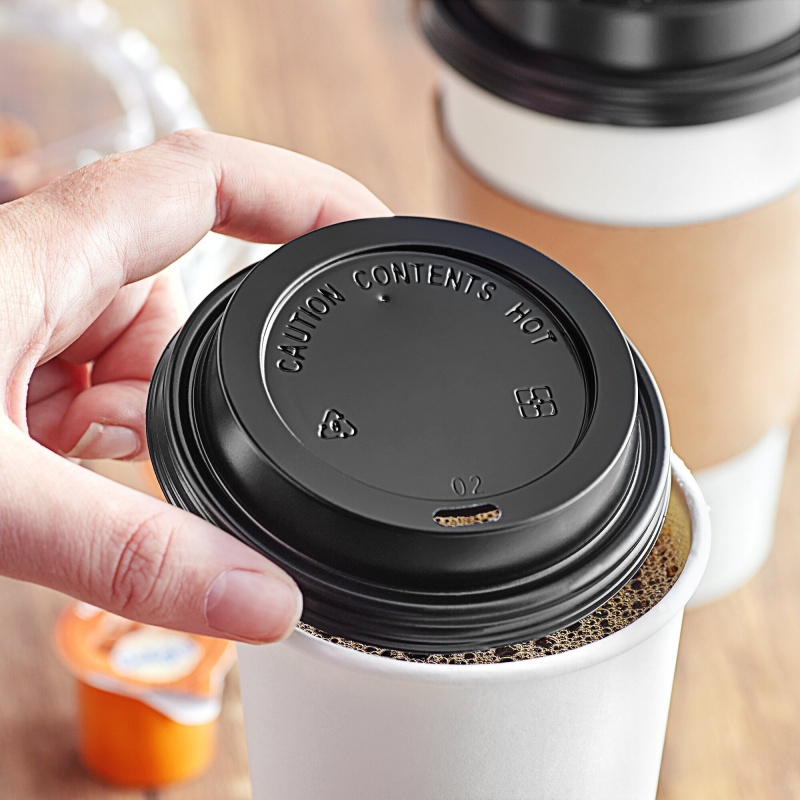

Polypropylene (PP) plastic lids(usual embossed with number PP Number 5 in plastic lid face) are commonly used in various packaging applications due to their favorable properties. Here’s a concise overview of the characteristics, materials, advantages, and disadvantages of polypropylene plastic lids.



Did you know that PP lids are the go-to choice for bubble tea injection molding plastic cups 500ml, 700ml , especially in countries like China, the Philippines, Vietnam, and Malaysia? Their flexibility and durability make them perfect for sealing those iconic, chewy tapioca pearls we all love!


PET plastic lids(usual embossed with number PET/PETE or Number 1 in plastic lid face)
Although less common than PS and PP, some disposable coffee lids are made from PET. This plastic is well-known for its strength and clarity, often used in beverage containers and food packaging.
Pros:
Cons:



WRONG. rPET is recycled polyethylene terephthalate. It is made of recycled PET that can come from either Post-consumer or Post-Industrial sources.
More link about it here
The "r" in rPET stands for "recycled." rPET is made by recycling virgin PET plastic, which reduces the need for new natural resources. The recycling process involves collecting, cleaning, and remaking plastic into new products. With at least a 24% reduction in carbon emissions, rPET is a more sustainable choice and can replace any PET-based product.
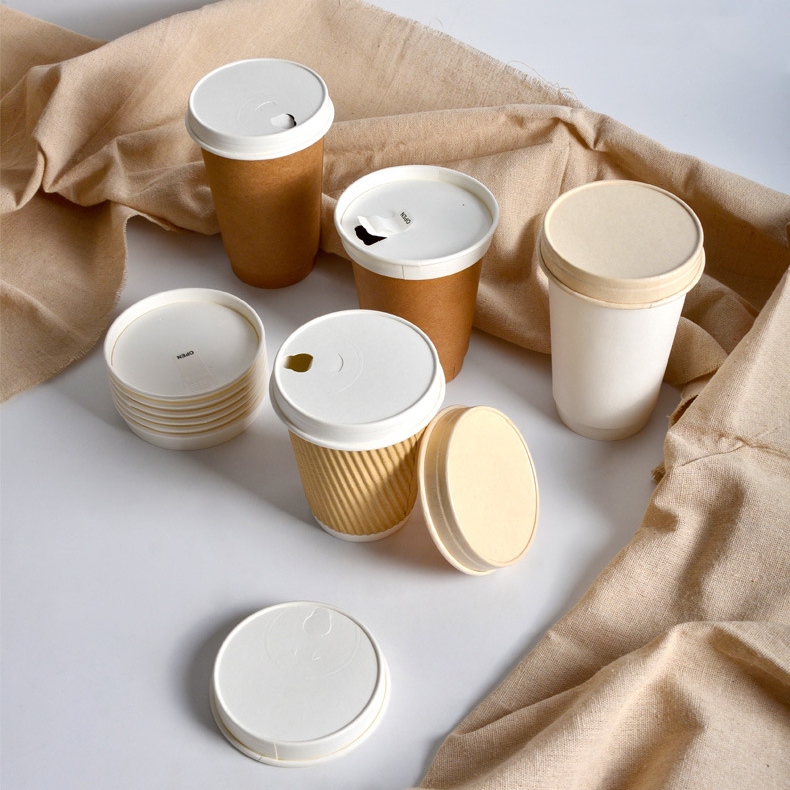
Our innovative paper coffee cup lids perfectly complement our sustainable paper cups and lids collection. From paper coffee cups with lids to paper bowls with lids, we’ve eliminated plastic entirely. Our paper glass lid technology ensures the same reliability you expect, while being completely earth-friendly.
Key Material Components:
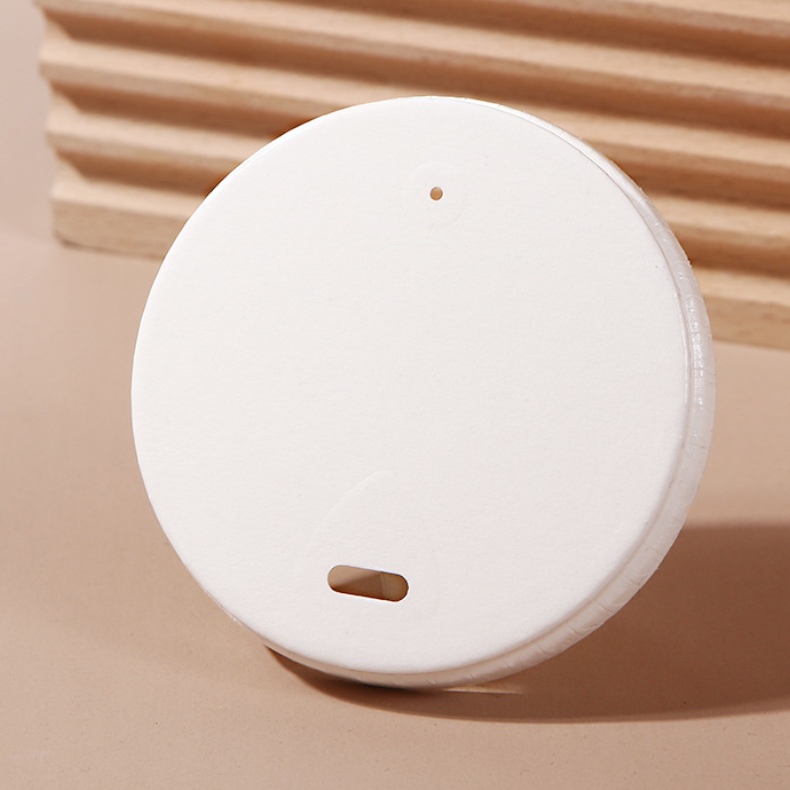
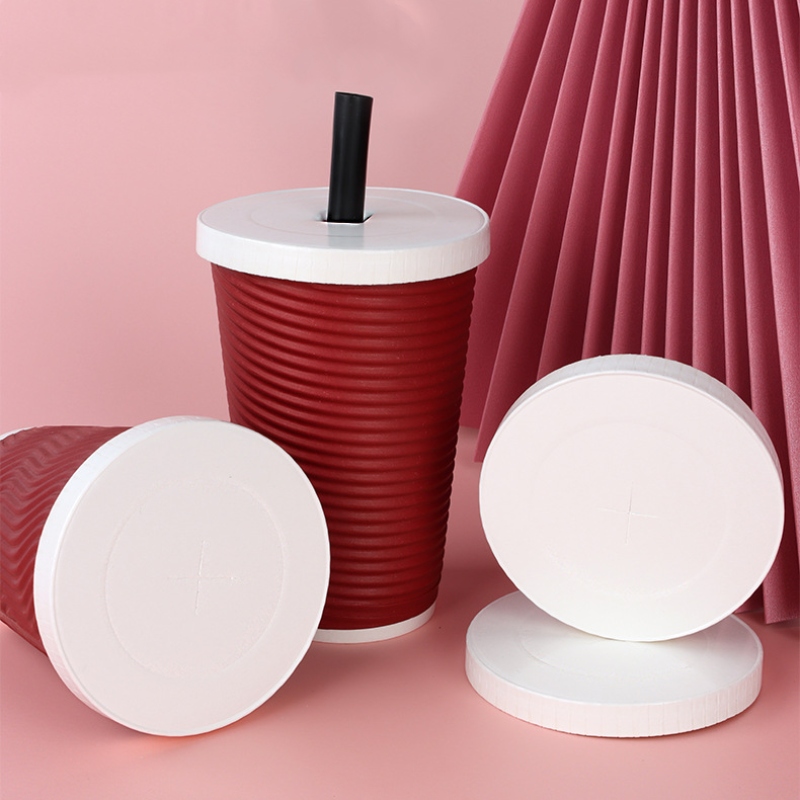
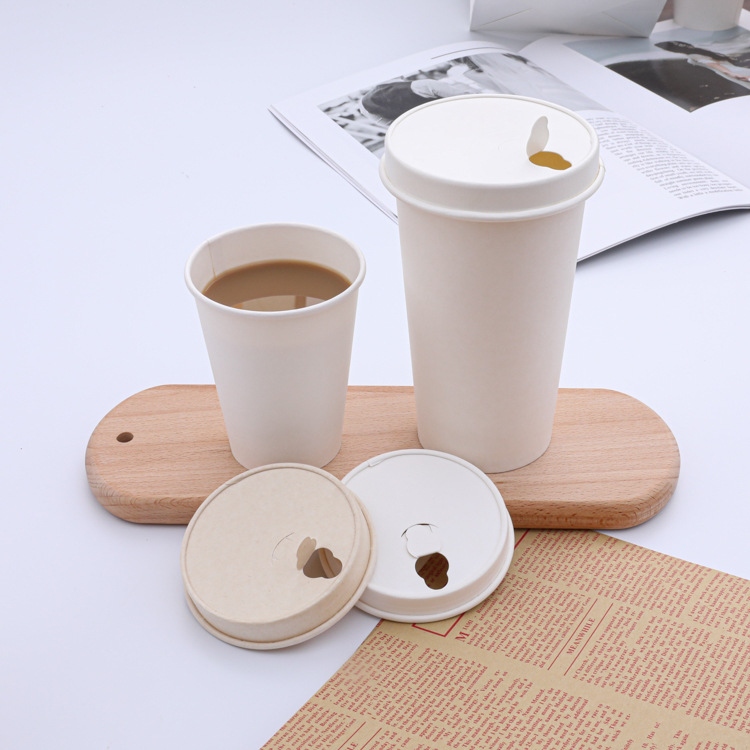
WRONG (Most require a thin barrier coating)
More link about it here
RIGHT (Even with coating, they break down more readily)
Disposable coffee lids are generally made from plastics like PS, PP, and sometimes PET. While these materials are durable and cost-effective, they present challenges in terms of recycling and environmental impact. As consumers and businesses become more aware of these issues, the demand for sustainable alternatives such as biodegradable lids and reusable options continues to grow.
Disposable coffee lids are typically made from plastics like polystyrene (PS), polypropylene (PP), and polyethylene terephthalate (PET). These materials are chosen for their durability, cost-effectiveness, and ability to withstand high temperatures.
Disposable coffee cups are often made from paper, lined with a thin layer of polyethylene (PE) or polylactic acid (PLA) to make them waterproof. Some cups may also use plant-based materials for a more eco-friendly option.
Most disposable coffee cup lids are not easily recyclable due to their small size and contamination with food or liquids. Some lids made from polypropylene (PP) can be recycled, but many recycling centers don’t accept them.
Disposable cups are typically made from paper with a plastic lining, such as polyethylene (PE) or PLA. Some plastic cups, often used for cold drinks, are made from PET or polystyrene (PS).

Your brand deserves the best.
Get your best plastic lid price from a China manufacturer, as low as $0.01/pc.
Please pay attention to the email with the suffix “@zjmfxc.com”.
I will reply within 24 hours.
Please pay attention to the email with the suffix “@zjmfxc.com”.
I will reply within 24 hours.